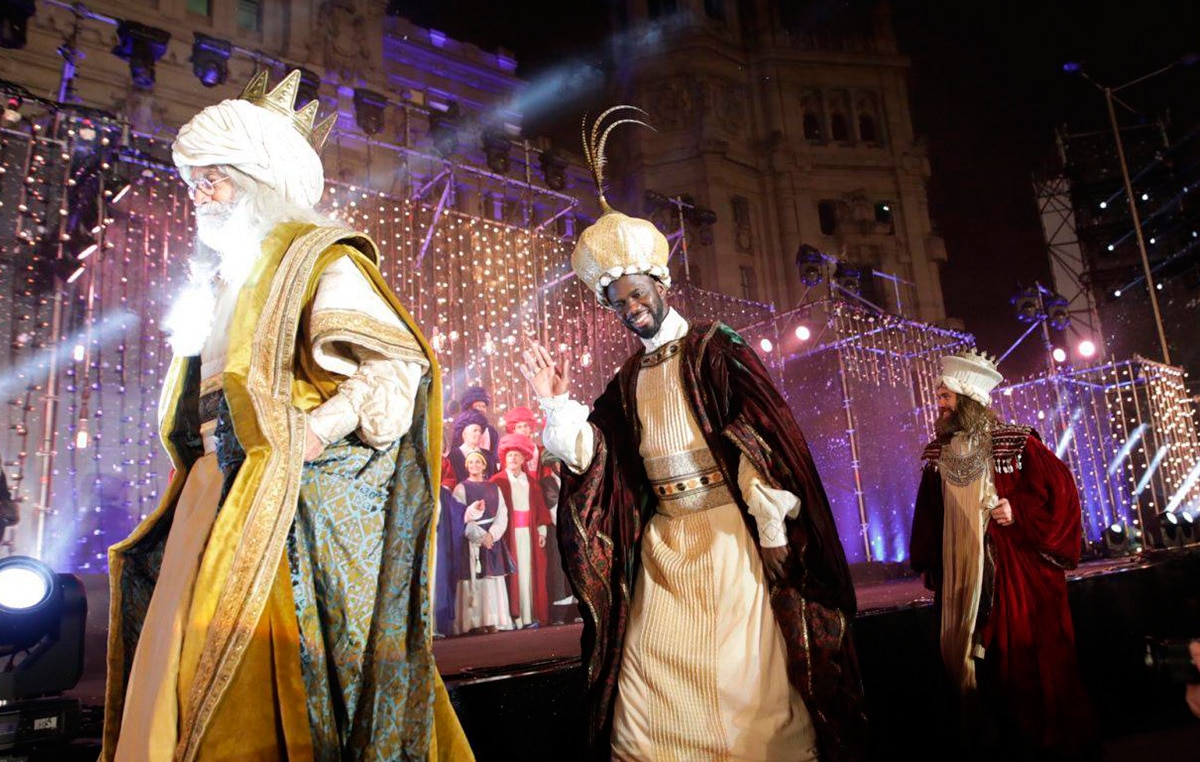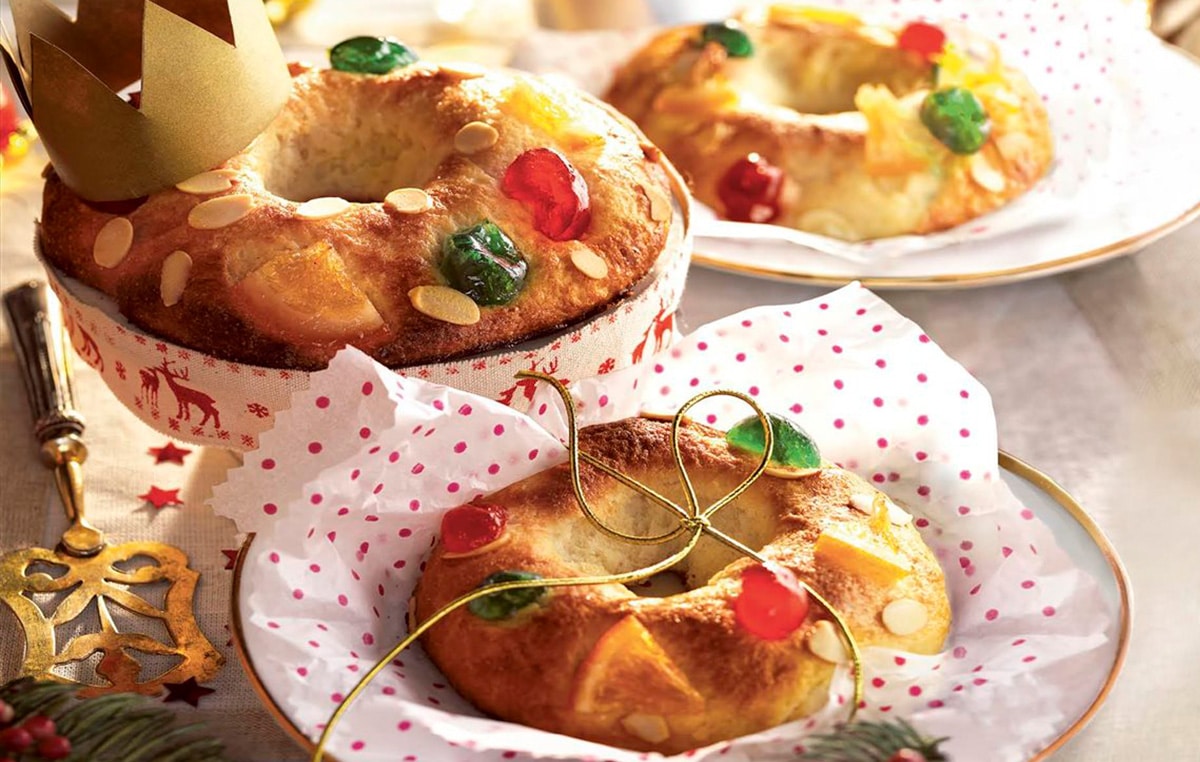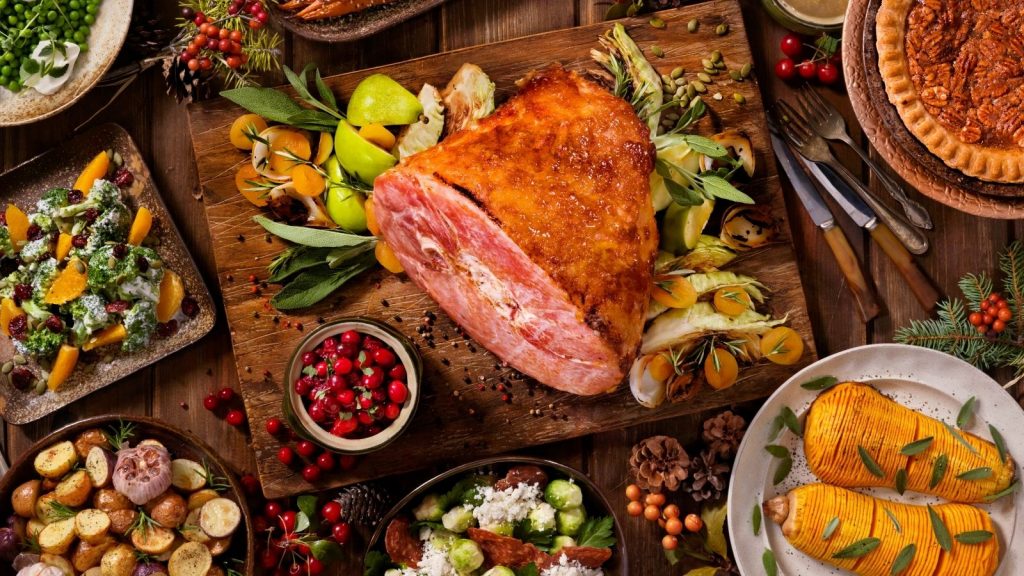3, Jan 2024
Christmas Eve In Spanish 2024: Traditions, Celebrations, And Delicacies
Christmas Eve in Spanish 2024: Traditions, Celebrations, and Delicacies
Related Articles: Christmas Eve in Spanish 2024: Traditions, Celebrations, and Delicacies
- Christmas Eve Gift Tradition: Unwrapping The Magic In 2024
- Christmas Emoji Puzzles 2024: A Festive Challenge For The Holiday Season
- Christmas Drawing Art For Kids 2024: A Journey Through Creativity And Imagination
- Christmas Emoji Pictionary: A Festive Twist On The Classic Game
- Christmas Emoji Text 2024: Express Holiday Cheer With Festive Emojis
Introduction
In this auspicious occasion, we are delighted to delve into the intriguing topic related to Christmas Eve in Spanish 2024: Traditions, Celebrations, and Delicacies. Let’s weave interesting information and offer fresh perspectives to the readers.
Table of Content
Video about Christmas Eve in Spanish 2024: Traditions, Celebrations, and Delicacies
Christmas Eve in Spanish 2024: Traditions, Celebrations, and Delicacies

Christmas Eve, known as Nochebuena in Spanish, is a highly anticipated and cherished occasion in Spanish-speaking cultures worldwide. It marks the night before Christmas Day, a time for families and loved ones to gather, celebrate, and indulge in traditional customs and festivities. In 2024, Christmas Eve falls on Tuesday, December 24th, promising a magical and unforgettable experience.
Origins and Significance
The origins of Nochebuena can be traced back to the early days of Christianity. It is believed that the first Christmas Eve celebrations took place in Rome in the 4th century AD. Over the centuries, the tradition spread throughout Europe and eventually reached the Americas with Spanish colonizers.
Today, Nochebuena is a deeply rooted tradition in Spanish-speaking countries, where it holds both religious and cultural significance. It is a time for families to come together, reflect on the birth of Jesus Christ, and share in the joy and spirit of the season.
Traditional Customs
Christmas Eve in Spanish-speaking cultures is characterized by a myriad of unique and cherished customs. Some of the most common traditions include:
-
La Misa de Gallo: This midnight mass, also known as the "Rooster’s Mass," is a central part of Nochebuena celebrations. It is believed that the first rooster crowed on the night of Jesus’ birth, hence the name. Families attend the mass together, often wearing their finest attire.
-
El Belén: The nativity scene, known as "El Belén" in Spanish, is an integral part of Christmas Eve decorations. These elaborate displays depict the birth of Jesus in a manger, surrounded by the Holy Family, shepherds, and animals.
-
La Cena de Nochebuena: The Christmas Eve dinner, "La Cena de Nochebuena," is a sumptuous feast that brings families together. Traditional dishes vary from country to country, but often include roasted meats, seafood, salads, and desserts.
-
El Niño Jesús: In some Spanish-speaking cultures, children eagerly await the arrival of "El Niño Jesús," the baby Jesus, who is said to bring gifts on Christmas Eve. Children leave out their shoes or stockings for the Christ child to fill with presents.
Celebrations Around the World
Nochebuena is celebrated with great enthusiasm in all Spanish-speaking countries, but each region has its own unique customs and traditions. Here are some highlights from around the world:
-
Spain: In Spain, Nochebuena is a time for family gatherings and festive meals. The traditional dinner often includes roasted lamb or seafood, followed by turrón, a popular nougat dessert.
-
Mexico: In Mexico, Nochebuena is a vibrant and colorful celebration. Families decorate their homes with poinsettias, piñatas, and nativity scenes. The traditional dish is "bacalao a la vizcaína," a cod stew with potatoes, tomatoes, and peppers.
-
Argentina: In Argentina, Nochebuena is a time for outdoor celebrations and fireworks. Families gather in parks or plazas to enjoy live music, dance, and the traditional "asado," a barbecue feast.
-
Colombia: In Colombia, Nochebuena is known as "La Noche de las Velitas." Families line their streets and windows with thousands of candles, creating a magical and enchanting atmosphere.
Delicacies of Christmas Eve
The Christmas Eve feast, "La Cena de Nochebuena," is a culinary highlight of the season. Traditional dishes vary from country to country, but some of the most popular delicacies include:
-
Pavo Asado: Roasted turkey is a common centerpiece of the Christmas Eve dinner in many Spanish-speaking countries.
-
Lomo de Cerdo: Pork loin is another popular choice for the main course, often served with a savory sauce.
-
Bacalao a la Vizcaína: This cod stew is a staple of the Nochebuena table in Mexico and other parts of Latin America.
-
Paella: This traditional Spanish dish, made with rice, seafood, and vegetables, is often enjoyed on Christmas Eve.
-
Turrón: This nougat dessert is a beloved treat throughout Spain and other Spanish-speaking regions.
Conclusion
Christmas Eve in Spanish 2024 promises to be a magical and unforgettable occasion, filled with cherished traditions, heartwarming celebrations, and delectable delicacies. As families and loved ones gather to share in the joy and spirit of the season, the true meaning of Christmas shines brightly, reminding us of love, hope, and the enduring power of human connection.



:max_bytes(150000):strip_icc()/GettyImages-1075355598-5c3ba53046e0fb0001f55617.jpg)




Closure
Thus, we hope this article has provided valuable insights into Christmas Eve in Spanish 2024: Traditions, Celebrations, and Delicacies. We appreciate your attention to our article. See you in our next article!
- 0
- By admin